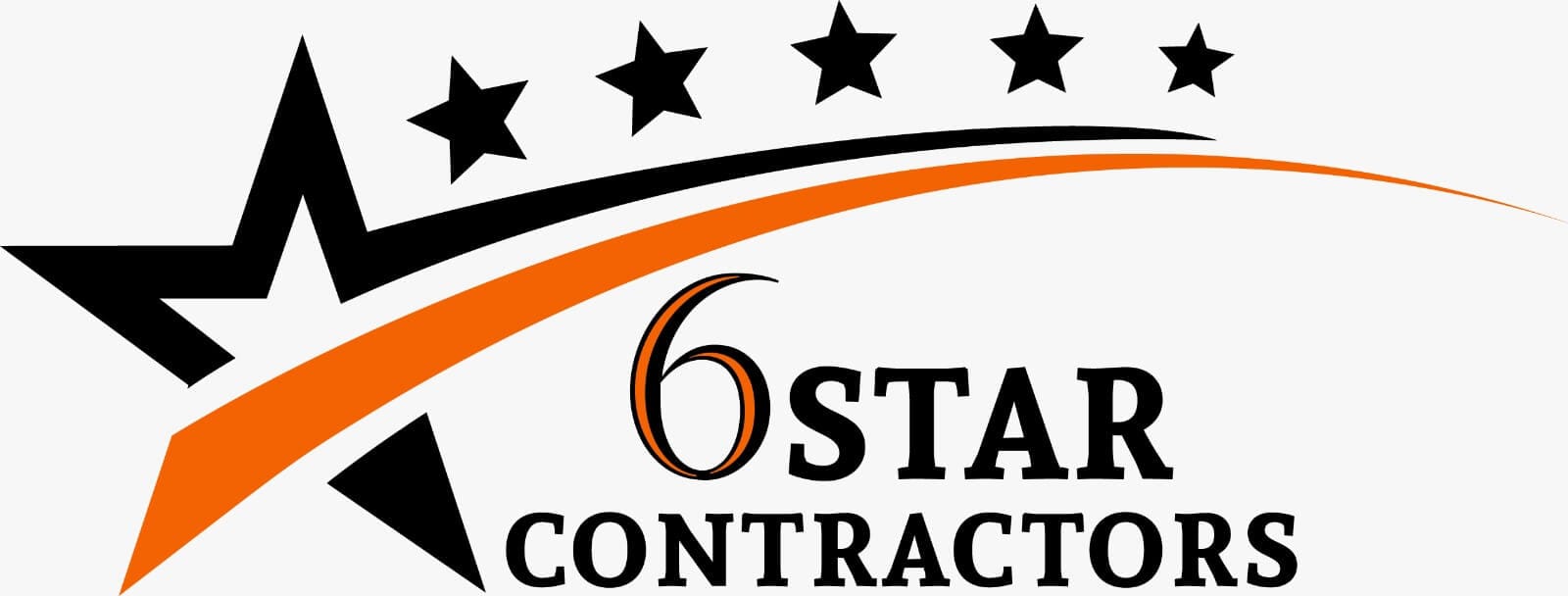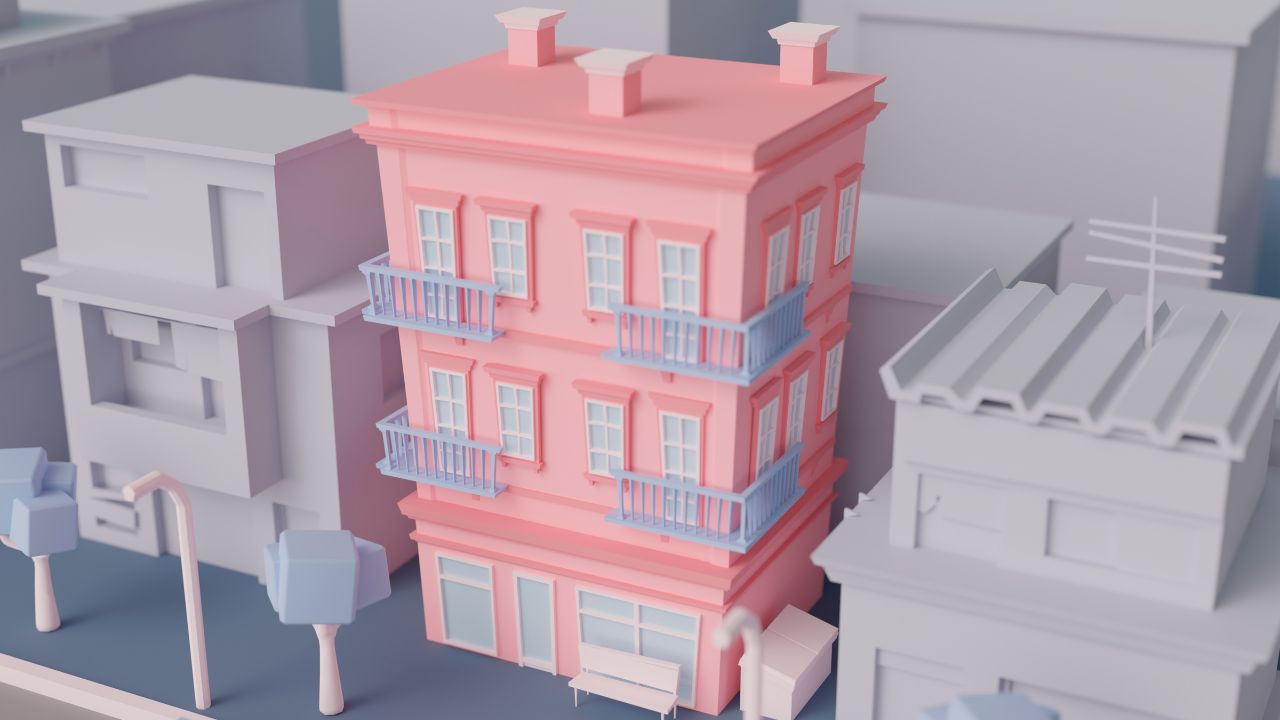Painting Cost Per Square Foot Commercial Building Interior
In the competitive world of commercial real estate, first impressions matter, and the interior of a commercial building plays a significant role in creating a lasting impression. It should reflect professionalism, creativity, and attention to detail. A fresh coat of paint can do wonders in enhancing the aesthetics and functionality of the space, making it more inviting for both clients and employees. In this article, we will delve deeper into the factors that influence the cost of painting per square foot in a commercial building’s interior.
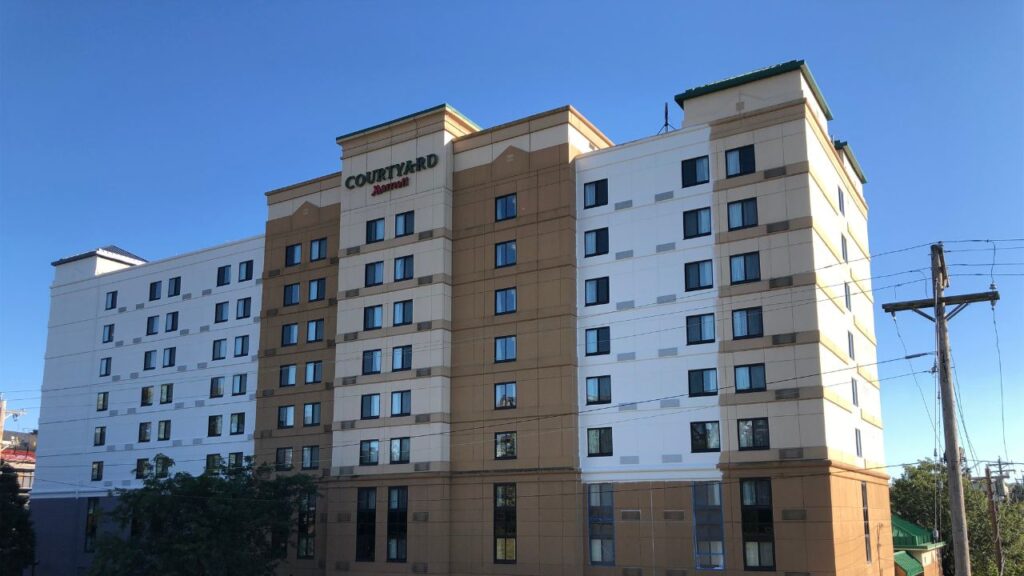
Understanding the Basics
Importance of a Professional Paint Job
Painting the interior of a commercial building is more than just a cosmetic upgrade. It is an investment in your business’s image and long-term appeal. A professionally executed paint job not only enhances the aesthetics but also contributes to a healthier, more productive work environment. The choice of colors, the quality of workmanship, and the overall visual appeal can significantly impact how clients and employees perceive your business.
Are You Looking For?
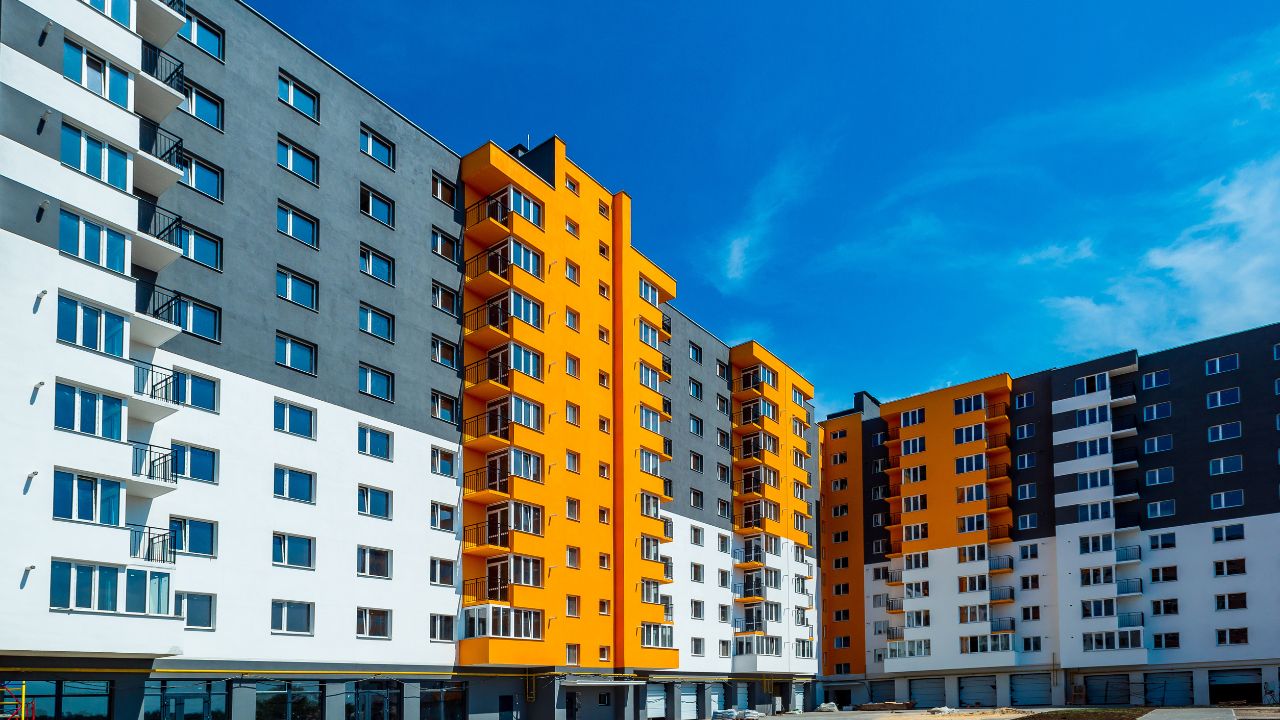
Fully Insured
Licensed Hire a Contractor For Painting
Quality Matters
The cost of painting per square foot largely depends on the quality of paint, materials, and the skill of the painting crew. High-quality materials, including paint, primers, and finishes, may come with a higher initial cost but can result in significant long-term savings. They offer superior coverage and durability, reducing the need for frequent touch-ups and repainting. Investing in quality ensures a professional and lasting finish.
Size and Scope
The size of the commercial building and the scope of the painting project play a significant role in determining the overall cost. A larger space with intricate architectural details, such as moldings, trim, and specialty features, will naturally cost more than a smaller, straightforward area. When assessing the size and scope, consider the number of rooms, ceilings, and the complexity of the surfaces to be painted. Factors such as vaulted ceilings, wainscoting, or detailed crown moldings can increase the complexity and, consequently, the cost of the project.
Factors Affecting Cost
Surface Preparation
Before the actual painting begins, surfaces need to be prepared meticulously. This includes cleaning, patching cracks and holes, and smoothening the walls. The condition of the walls can significantly affect the overall cost. If your walls require extensive repairs, such as addressing water damage or structural issues, this can add to the overall cost. Additionally, surfaces that have been painted multiple times may require more extensive preparation to ensure a smooth and even finish.
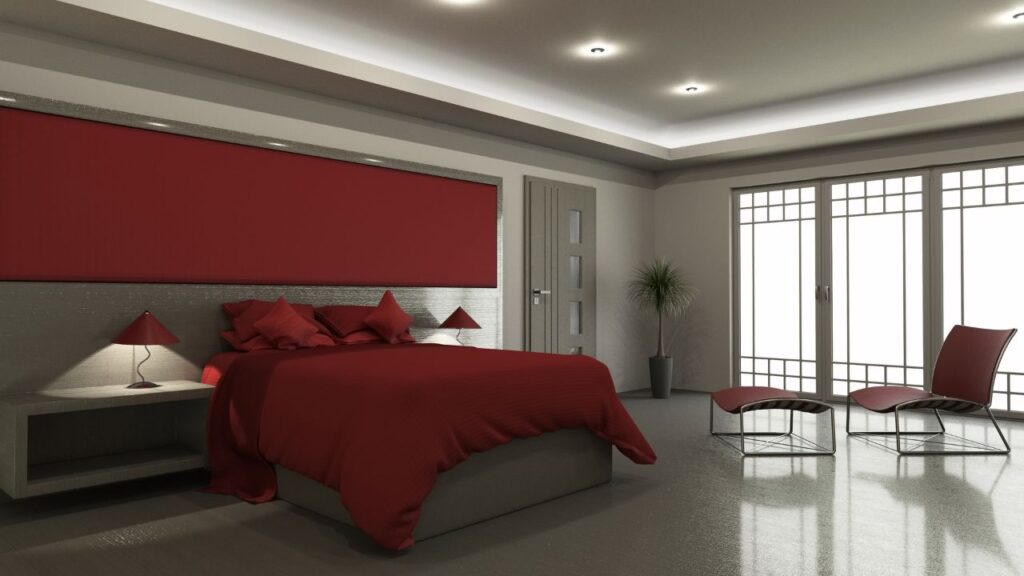
Type of Paint
Choosing the right type of paint for your commercial interior is essential. High-quality paints may be more expensive, but they offer better durability, coverage, and long-term value. Additionally, specific areas of a commercial building may require different types of paint, such as low-VOC (Volatile Organic Compounds) paint for areas with strict air quality regulations. Discuss with your painter to select the appropriate paint type for each space, taking into consideration factors like high traffic areas, humidity, or special coating requirements.
Number of Coats
The number of coats of paint required can vary depending on the existing color, the desired final color, and the quality of the paint. More coats generally mean higher costs. High-quality paints with better coverage may require fewer coats, reducing the overall expense. Discuss the number of coats needed with your painter to ensure clarity and cost-efficiency. A thorough evaluation of the current color and condition of the walls can help in determining the number of coats necessary for a professional finish.
Labor Costs
Experienced painters with a good reputation will charge more for their services. However, their expertise can make a substantial difference in the quality of the final paint job. Experienced painters can provide valuable insights into color selection, finish, and the most efficient way to complete the project. While their labor costs may be higher, their knowledge and skill can result in a superior and longer-lasting outcome. Additionally, labor costs may also be influenced by factors such as union labor requirements, prevailing wage laws, or any specialized skills needed for the project.
Commercial Painting Estimator
Our estimates are highly accurate and well managed. You can increase your bid-winning ratio with our commercial painting cost estimating services.
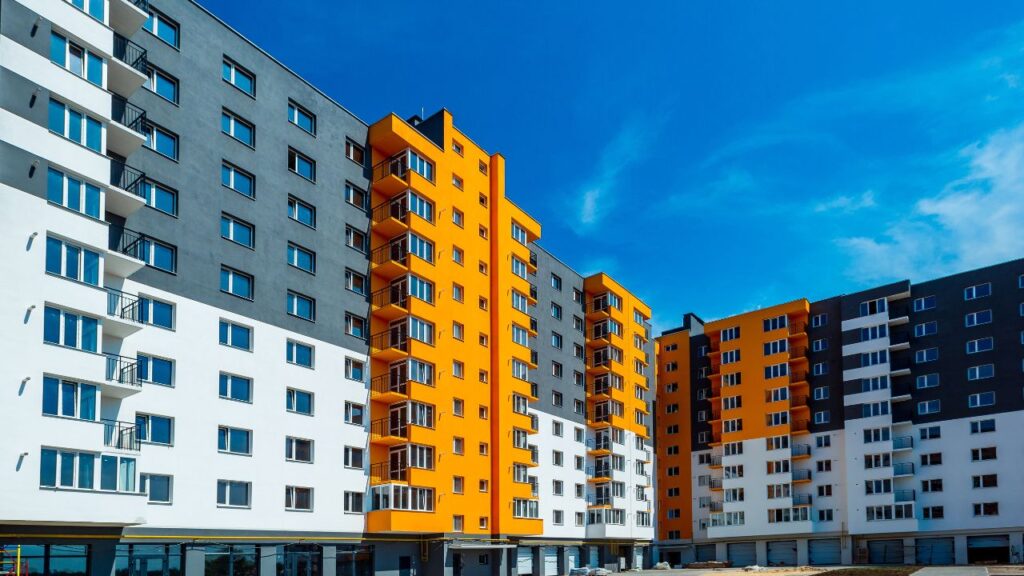
Overhead and Miscellaneous Costs
Additional costs may include equipment, tools, and overhead expenses, which can vary from one painting contractor to another. Some painters may include these costs in their overall estimate, while others may charge them separately. It’s essential to request a detailed breakdown of expenses to understand what is included in the estimate. Overhead costs can include items like insurance, licensing, transportation, and administrative expenses, which contribute to the overall project’s cost.
Cost Estimates
Hourly Rates
Some painting contractors charge by the hour. The hourly rate can range from $80 to $150, depending on factors such as location, expertise, and project complexity. Keep in mind that hourly rates can make budgeting more challenging, as the final cost may vary depending on how efficiently the work is completed. Factors like overtime hours or the need for additional crew members can also influence the hourly rate. It’s advisable to discuss with the contractor how the hours will be tracked and how potential additional costs will be communicated and addressed.
Price Per Square Foot
The average price per square foot for a commercial painting project typically ranges from $6 to $12. This pricing model is often more predictable and budget-friendly for building owners. It provides a clear cost estimate based on the size of the space, making it easier to plan your painting project within your budget. However, it’s crucial to ensure that the price per square foot estimate includes all potential costs, such as surface preparation, multiple coats, and any specialized materials.
Wall Repairs
Before painting, it’s essential to assess the condition of the walls. Any cracks, holes, or damages that require repair will add to the overall cost. The extent of these repairs will depend on the condition of the walls, and it’s essential to address them before painting to ensure a smooth and flawless finish. Be sure to request a detailed assessment of the necessary repairs and their associated costs before beginning the project.
Making Informed Decisions
Multiple Quotes
To ensure you get the best value for your investment, it’s advisable to obtain multiple quotes from reputable painting contractors. This allows you to compare prices, services, and quality. When soliciting quotes, be sure to request detailed estimates that include all potential costs to avoid any surprises during the project. Evaluate not only the cost but also the reputation of the contractor and the quality of materials they plan to use.

Choosing the Right Contractor
Selecting a reliable and experienced painting contractor is crucial. Look for references, reviews, and examples of their previous work to ensure a high-quality outcome. A well-established contractor with a proven track record is more likely to deliver a professional and satisfactory paint job, ultimately justifying the investment. Additionally, consider factors such as warranties or guarantees offered by the contractor, as they can provide added peace of mind regarding the quality of the work.
Cost vs. Longevity
Consider the long-term benefits of a quality paint job. While it may cost more initially, it can extend the lifespan of the paint, saving you money in the long run. Frequent repainting can disrupt your business operations and result in higher overall costs. Investing in quality paints and workmanship ensures a more extended period of visual appeal and protection for your interior. Be sure to discuss the expected lifespan of the paint with your contractor and how maintenance can further extend its durability.
Maintaining Your Investment
Proper maintenance can extend the life of your interior paint. Regular inspections and touch-ups can help extend the life of your interior paint. Addressing issues promptly can prevent more extensive and costly repainting projects. Implementing a maintenance schedule that addresses minor issues promptly is a cost-effective strategy to ensure your interior always looks its best. Your contractor can provide guidance on the recommended maintenance schedule and techniques that will keep your interior paint in pristine condition.
Conclusion
In the world of commercial real estate, the cost of painting per square foot in a commercial building’s interior is a worthy investment. It’s a reflection of your brand, professionalism, and commitment to maintaining a visually appealing workspace. By understanding the various factors that influence the cost and making informed decisions, you can achieve a cost-effective and aesthetically pleasing interior that leaves a lasting positive impression on clients and employees.
Frequently Asked Questions (FAQs)
Estimating the cost involves factors such as the size of the space, the quality of paint, the number of coats, labor costs, and any necessary wall repairs. Getting multiple quotes from experienced contractors is a good starting point. Be sure to request a detailed breakdown of costs to avoid surprises.
The average price per square foot typically ranges from $6 to $12. However, the final cost can vary based on several factors, including location, project complexity, and additional services like surface preparation and repairs.
High-quality paint offers better durability, coverage, and long-term value. It can lead to cost savings in the long run by reducing the need for frequent repainting. Discuss with your contractor the type of paint that best suits your interior’s specific needs.
Regular maintenance, such as inspections and touch-ups, can help extend the life of your interior paint. Addressing issues promptly can prevent more extensive and costly repainting projects. Consult with your painting contractor for maintenance guidelines.
Look for references, reviews, and examples of their previous work. Obtaining multiple quotes and comparing prices, services, and quality can help you make an informed decision and ensure the success of your painting project. Don’t forget to ask about warranties and guarantees offered by the contractor.
Process To Get Commercial Painting Cost Estimate Report
Here I am going to share some steps to get a commercial painting cost estimate report.
-
You need to send your plan to us.
You can send us your plan on info@estimatorflorida.com
-
You receive a quote for your project.
Before starting your project, we send you a quote for your service. That quote will have detailed information about your project. Here you will get information about the size, difficulty, complexity and bid date when determining pricing.
-
Get Estimate Report
We do commercial painting cost estimating and prepare a detailed report for your project. At last you finalize the report and finish the project.
Google Reviews

